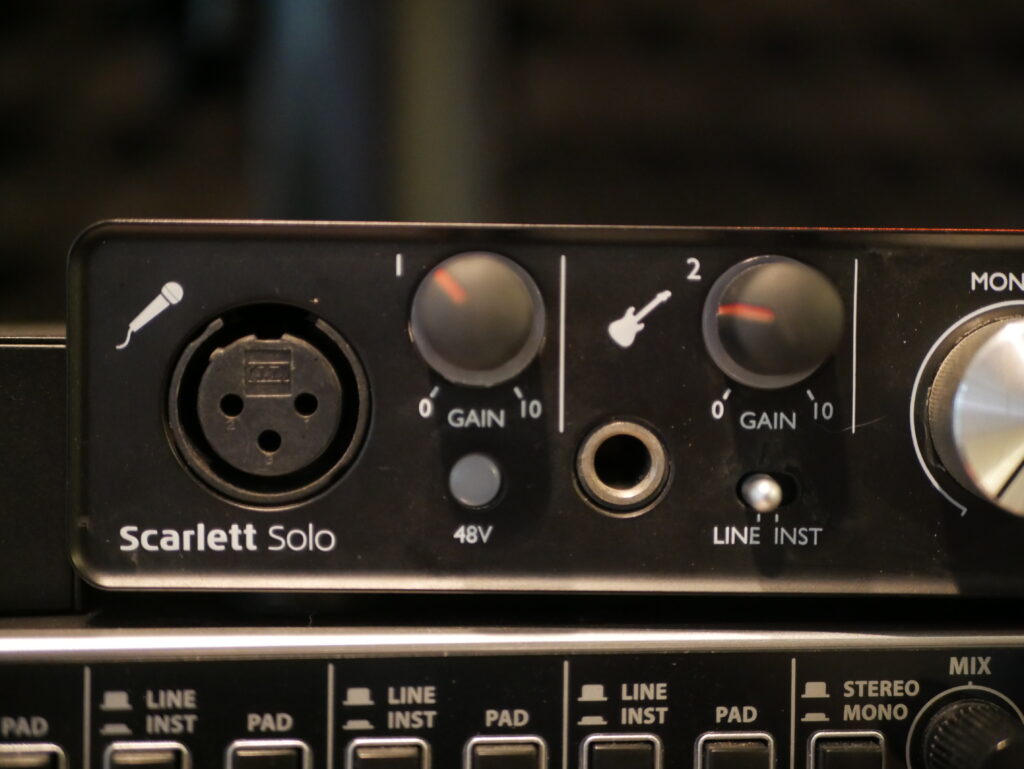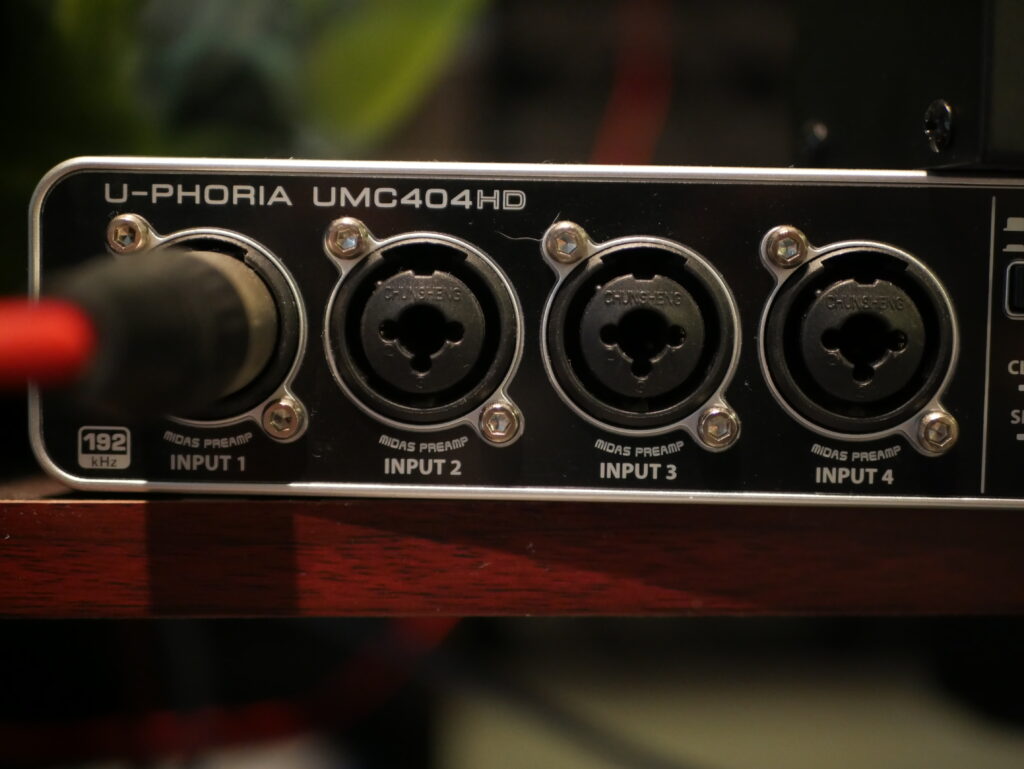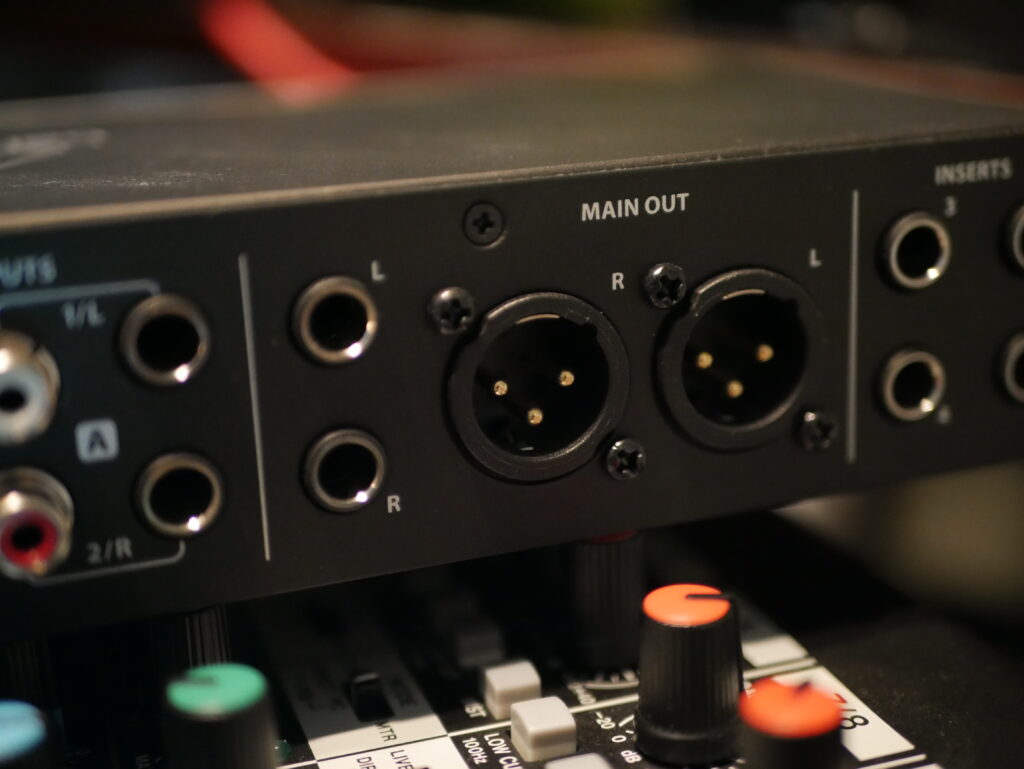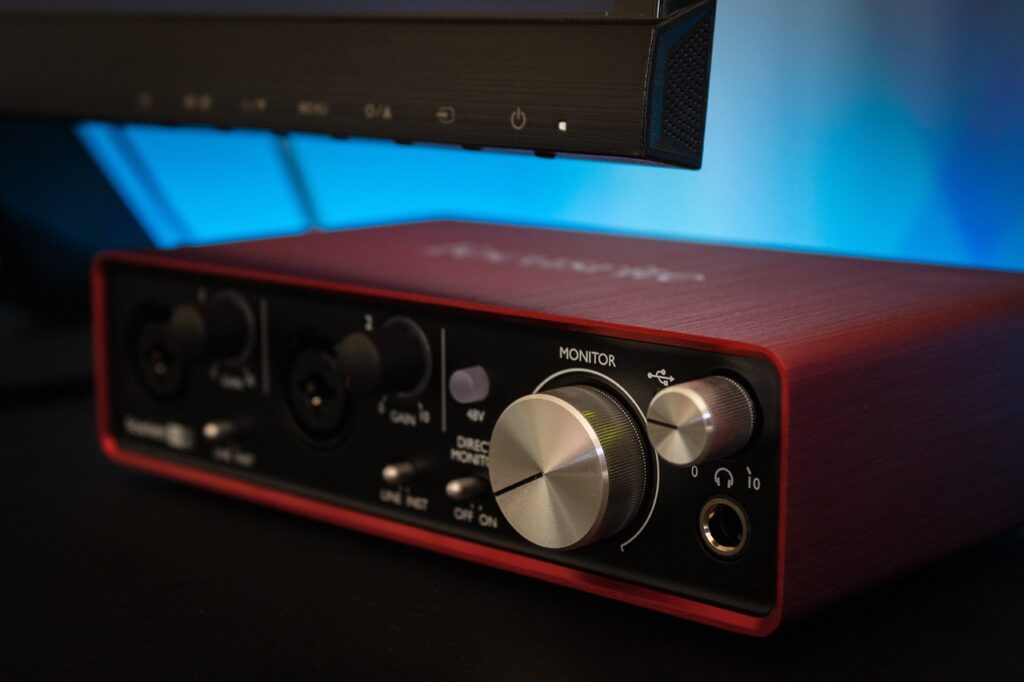Cables and Audio Drivers for your Audio Interface
When I first started exploring the art of music production, I thought it would be an immediate one-cable plug-and-play sort of deal. Little did I know, not researching prior would consist of heading back and forth to Guitar Center several times a day. Today I am going to give you a list of all the cables and software you need to connect your audio interface to a computer.
Tips
Learning how to troubleshoot over the years, taught me how special and helpful the manual that comes packaged with your gear is. Nowadays you can look up the manual for a specific gear without purchasing the device. Take the time to check out the Table of Contents in the online manuals to see what you need.
The Right Cables
This seems like an obvious thing to have, but you will be surprised by how many times I end up buying extra cables for me to connect my gear. Fortunately, most manufacturers will package the necessary cables to connect to your computer. No need to worry so much about the specifics of these cables, just giving you a heads up on what to look out for when purchasing an audio interface. The first and most common one on our list is the USB connector.
-
-
- USB– USB type A is common, but I do see USB type C quickly approaching and replacing type A. Nevertheless, the USB has been in demand within music production due to the rise of home studios.
- Firewire– Ahhhh the great data transferrer that has been used since the mid-’90s. This baby was used in almost everything electronic, including, DVD players, Stereo Systems, TVs, digital mixers, and pretty much anything consumer electronic, and continues to do so. My old church used the FireWire 400 to connect the Behringer x32 digital mixer with their laptop. It Worked great!
- Thunderbolt – One of the newest interface cables of the three. Somewhat similar to the USB, its transfer data speed is much faster than the common USB type C, though.
- Power Adapter– To power up your audio interface.
-
Audio interface Inputs
An input device sends data to a computer allowing you to control or interact with the same data. In this case, your microphone cable sends sound from your voice or guitar straight to your computer thus needing an input (image below) on your audio interface.

Depending on the interface, if you have a mic/line combo (image below), you will need the following…

-
-
- XLR microphone cable
- 1/4 inch instrument cable
-
Outputs
We know how to send sound into your computer so how does the computer send audio back OUT for us to hear? Through our outputs! This is where we connect our headphones and speakers.
- Headphone Jack – The headphone output will most likely need a 1/4-inch adapter or cable which is usually located in the front of the interface.
- Left/Right Monitors– There are several ways you can connect your monitors. Either through a Left and Right 1/4 inch output located in the back of your interface
 or an L/R XLR main output, also located in the back of your interface, which looks like this…
or an L/R XLR main output, also located in the back of your interface, which looks like this…
Audio Driver
What is an Audio Driver?
When I first purchased Pro Tools (DAW) for the first time, I thought I was a hot tamale, so when it was time for me to open my first project, I hit an error. Pro Tools couldn’t find the ASIO DRIVE from my computer and an update on my drivers was necessary. After hundreds of youtube videos, blogs, and waiting a whole month for Pro Tool’s customer service, I was able to figure out what the heck an audio driver is.
An audio driver is software that helps your computer communicate with audio devices such as headphones, speakers, and an audio interface. Many manufacturers will send you to their website to download these drivers so you can be up to date with the latest firmware. Below are the links to the download page from popular manufacturers. If you don’t see your manufacturer, you can find a download page under the manufacturer’s website. They will ask for the exact model and/or generation of the model.
Remember your audio interface is like your computer, you will need an update from time to time.
Conclusion
As your musical journey continues you will realize almost all audio gear is holistically connected. Purchasing new gear will bring a habit of downloading drivers, having extra cables lying around will be helpful when upgrading to more inputs and outputs, and troubleshooting your gear will become satisfying. Don’t forget to register your product through the manufacturer’s website and last but not least, take advantage of all the digital products your interface comes with, finding a free plugin you end up needing in the future is always a great benefit.
